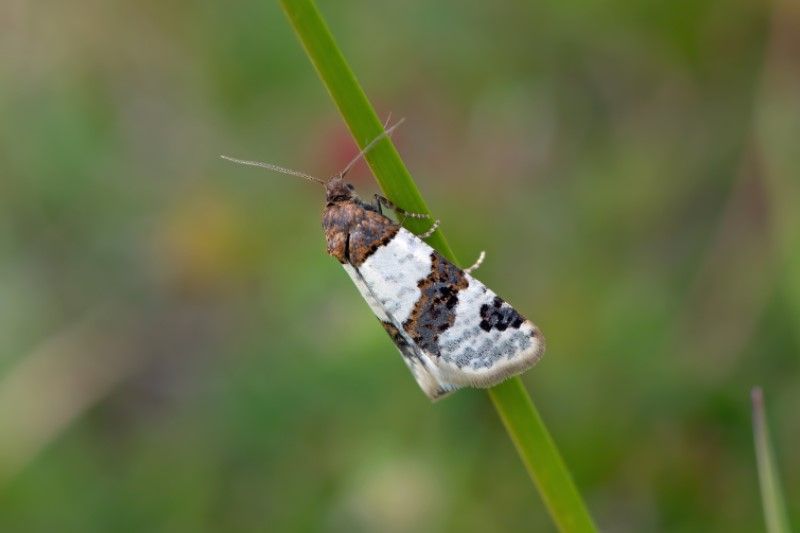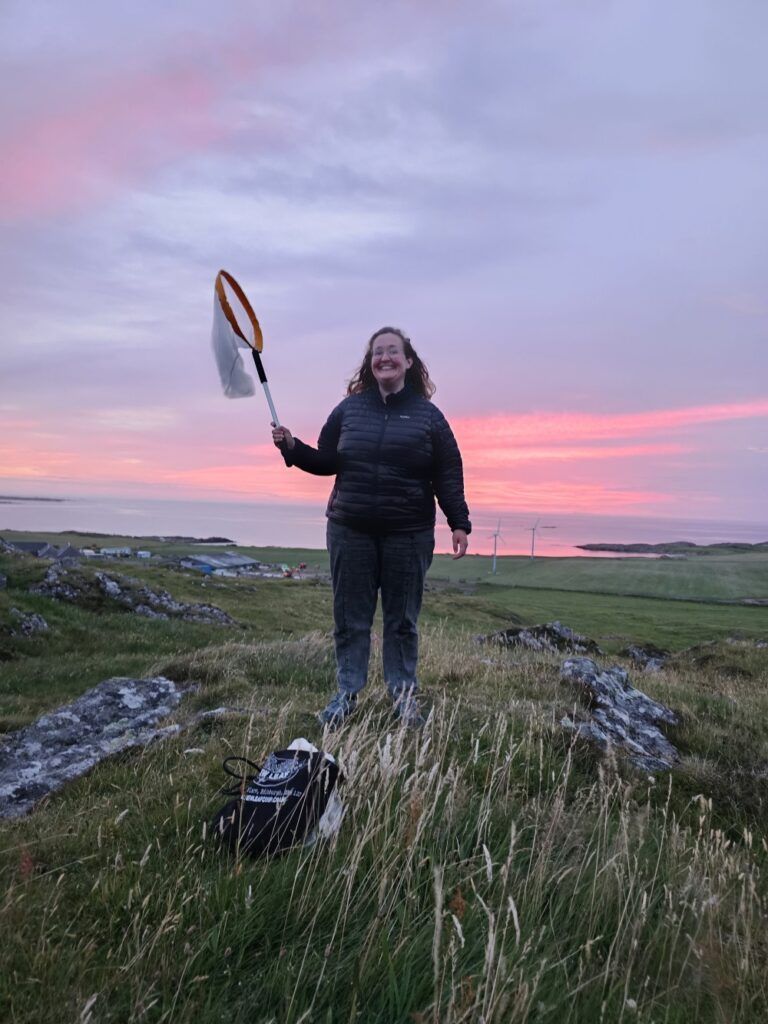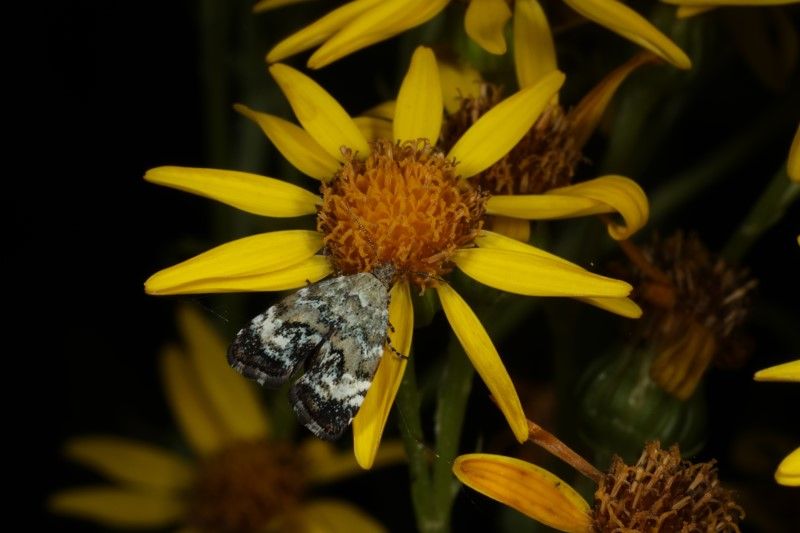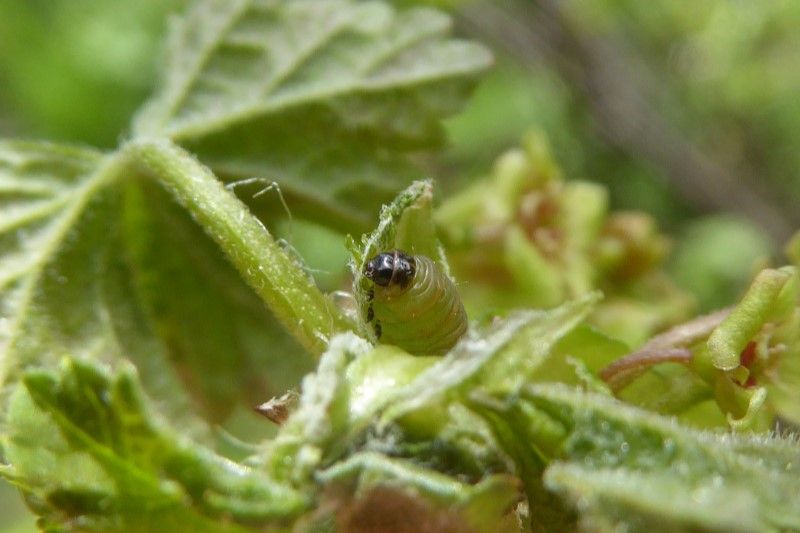Saving Scottish single site micro-moths

Single site micro-moths
Moths play an incredibly important part in our ecosystems. They serve as pollinators and provide a vital food source for many animals, including birds, bats and other small mammals. Despite there being more than 2500 species of moth in the UK and Ireland, they often go unnoticed. Since 1914, 56 moth species have gone extinct. Although six species have since recolonised the UK or been rediscovered, the overall moth population has continued to fall dramatically in the last 40 years.
There are several micro-moths only known from single sites in the UK, putting them at greater peril of extinction. We know little about their ecology and lifecycles. Understanding the habitat requirements and development of these rare moths is essential to conserving them effectively.
The Tiree twist Periclepsis cinctana (pictured above) is one such micro-moth. Formerly known as the Dover twist, it used to be found only in Kent, where it went extinct in the 1950s. Surprisingly, it was rediscovered in 1984 by lepidopterist Mark Young on Tiree, one of the inner Hebridean islands off the west coast of Scotland, a long way from its original home in the south of England. Its caterpillar has never been found in the wild in the UK. They are thought to feed on plants in the pea family such as birds-foot trefoil and kidney vetch, which are plentiful in the Machair grassland of Tiree.
The Affric twitcher Choreutis diana was first discovered in 1919 in Glen Affric in the Scottish Highlands. Their caterpillars’ characteristic spinnings on birch trees have been used for monitoring the moth since 2019 and we now know its range goes beyond a handful of birch trees near the car park to around 12km of the glen. The adult moths are thought to overwinter but there’s currently little information on how best to attract them to find out more.
The currant shoot borer moth Lampronia capitella was regarded as a pest in the 19th and early 20th century, feeding on blackcurrant, redcurrant and gooseberry bushes. It’s now rare, found at only three sites in England and was considered extinct in Scotland since 1988 until it was rediscovered in 2017 in a community woodland near Peebles in the Scottish Borders. We monitor the currant shoot borer moth by spotting wilted shoots where the caterpillars have been feeding inside a currant bush stem. The adults have rarely been spotted at the Scottish site and don’t appear to respond to a commercially-available pheromone lure intended to target this species.
Building our knowledge on rare species

All three of these species are priorities for conservation in Butterfly Conservation’s Threatened Species Programme. Anna Aitken, a postgraduate student at Manchester Metropolitan University and a recent graduate from the Open University, is using her lepidoptera skills, gained whilst studying and also volunteering at Butterfly Conservation, to learn more about these moths. During her PTES internship, Anna is surveying the habitat of the Tiree twist and is analysing her data to build a picture of the moths’ requirements. With the help of expert micro-lepidopterists from Butterfly Conservation, she’ll also search for Tiree twist caterpillars. If she finds them it will be the first records found in the UK and add to our knowledge about which food plants the caterpillars prefer, what time of year they feed and what their survival strategy is.
Anna will also test different methods for attracting adult currant shoot borer and Affric twitcher moths. These include light traps, pheromone lures, nectar plants and simply searching at different times of day to determine the most effective way to detect each moth species. This will extend the season for surveying the moths beyond the larval stages and add to our understanding of the moths’ lifecycle. Anna hopes that her work on these micro-moths will help us uncover some of the secrets of these very special creatures.
This project is only possible thanks to our generous donors. Can you help by donating today?
Header image Tiree Twist, Balephetrish Hill, Tiree, Argyll – credit Nigel Voaden


